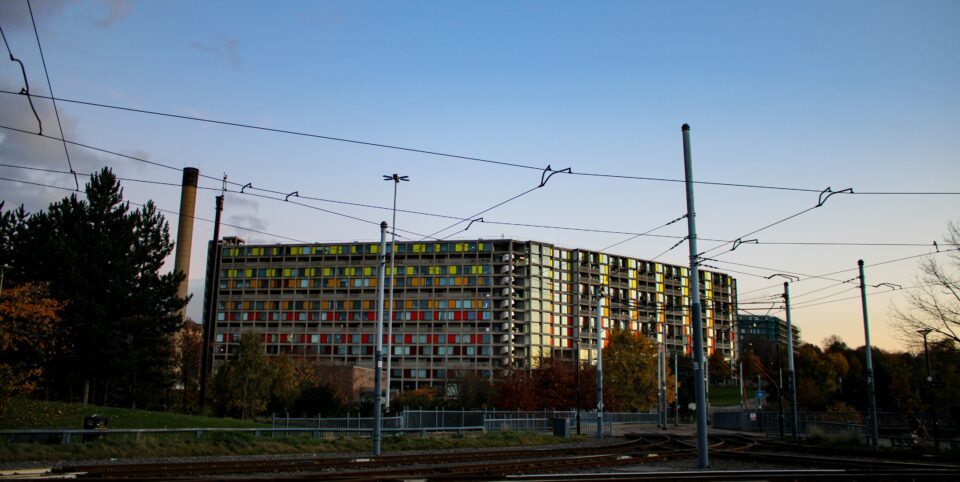Contact
020 4515 6728
info@ccameron.co.uk
Charles Cameron & Associates
Blackfriars Foundry
154-156 Blackfriars Road
London SE1 8EN
Rental housing market trends
June 9, 2022
Information published was correct at the time of writing
How will the typical renter of the future look different from today’s?

HOMES HEADED BY a person over the age of 45 will account for at least half of all privately renting households by 2035, according to new research[1]. A report by the Social Market Foundation (SMF) titled ‘Where next for the private rented sector?’ found that 35% of households currently private renting are headed by somebody aged 45 or over.
This is expected to rise to half of households by 2035 according to the SMF’s projections, equating to an additional 1.14 million households, bringing the total number of age 45+ households to 2.7 million.
HOMEOWNERSHIP FALLING
Conversely, the proportion of households in the sector where the head is aged 34 or under will fall from the current 39% to 35%. Those in the 35-44 age group will experience the greatest decline, falling from 25% of households today to 15% in 2035. The projections on housing market trends forecasts that the proportion of total households privately renting will increase from 20% currently to 22% in 2035, with those in homeownership falling from 63% to 61%.
PRIVATE RENTED SECTOR
The UK has an ageing population and the research highlights that a growing proportion of older households will live in privately rented accommodation in the next 15 years. The challenge for the private rented sector is how to adapt to accommodate more mature tenants, including where and how they want to live.
More mature tenants look for greater security in the form of longer tenancies and control over their property, such as the freedom to make cosmetic changes. They also want to have pets in their homes and these are all things landlords need to consider.
RANGE OF FACTORS
The typical renter of the future will look different from today’s. But how different will depend on a range of factors including rates of construction, interest rates, house price inflation and government housing policy. That said, one thing is clear: the private rented sector will be getting older. That reality means landlords need to revisit any preconceptions about renting being the preserve of young, mobile households. Mature tenants have different needs and preferences. They want accessible, ground-floor homes within a stone’s throw of shops, transport links, health services and their loved ones.
MORE MATURE TENANTS
Policymakers, developers and landlords therefore face a challenge ahead to future-proof the private rented sector and ensure that renting policies and homes are suitable for all tenants, including those who are renting for longer and into later life. In terms of what is important to more mature tenants in relation to the location of the property, there are clear differences in priorities compared with those in younger age brackets.
WHAT RENTERS WANT
Nearly half (48%) of those aged 55 or over said that being close to shops was in their top three priorities, compared to 32% of those aged between 35 and 54. Good transport facilities (40%), being close to friends and family (36%) and proximity to health services (34%) also scored highly for those aged 55+.
With regard to what renters want from a property, 41% of those aged 55 and over said having an unfurnished property was in their top three priorities, compared to 16% of 35-54-year-olds and 11% of 18-34-year-olds. This age bracket also expressed a greater desire for pets, with 21% stating this was a top priority, compared to 14% of those aged 34 or under.
Don’t forget, our professional, friendly advisers are on hand to support you and can help you explore all of your options.
Source data:
[1] The report Where next for the private rented sector? was published 14 March 2022 at smf.co.uk/publications/future-of-private-rented-sector/ – SMF surveyed over 1,300 UK adults who currently live in rented accommodation. Surveys were distributed by Opinium.



